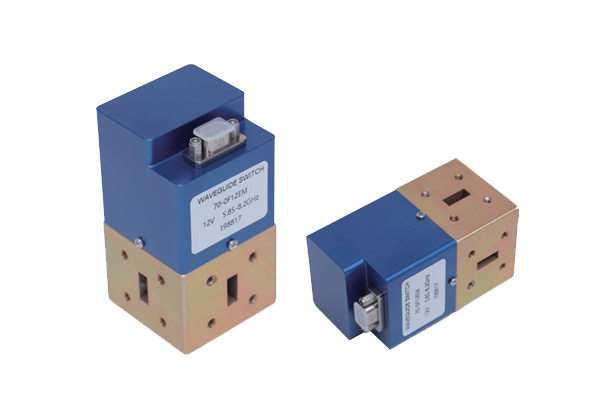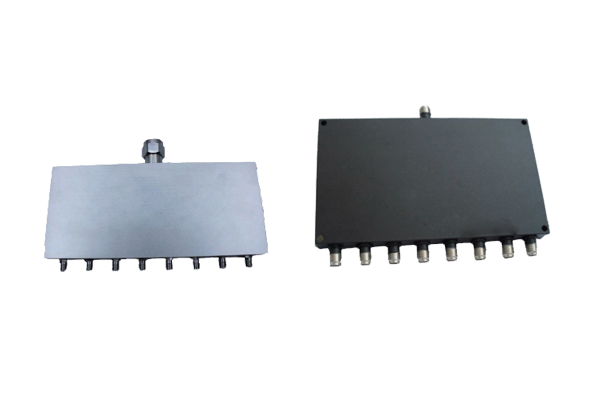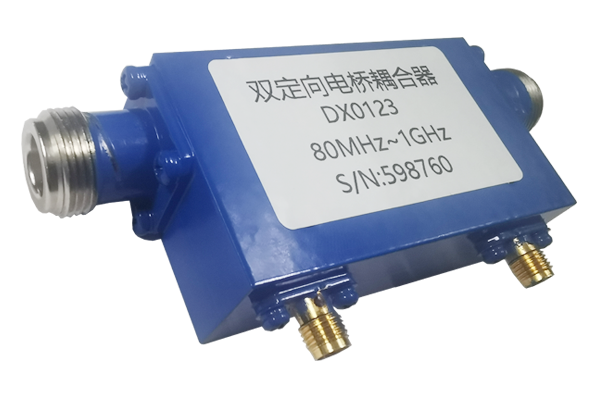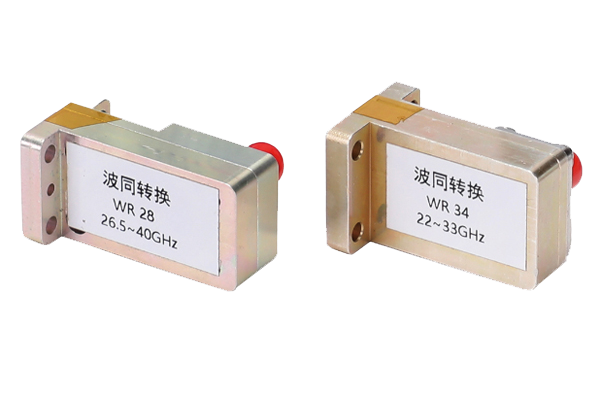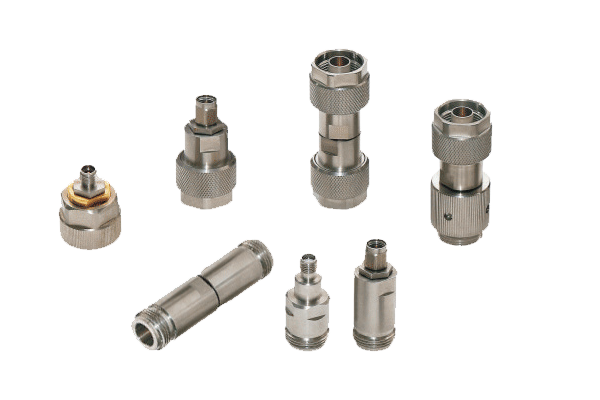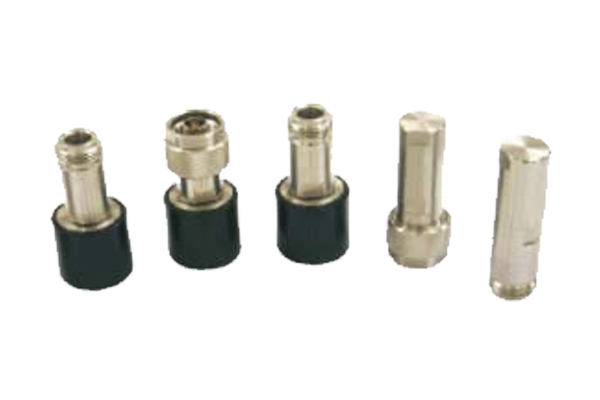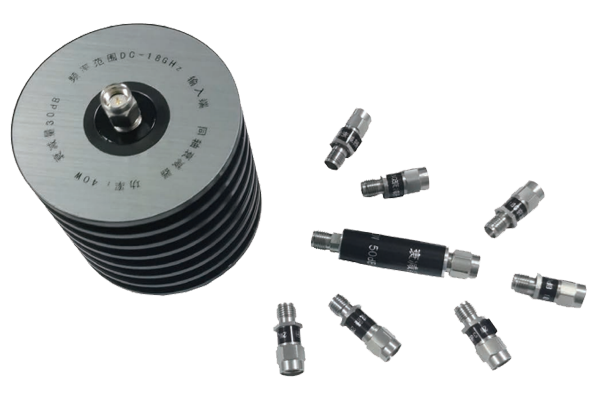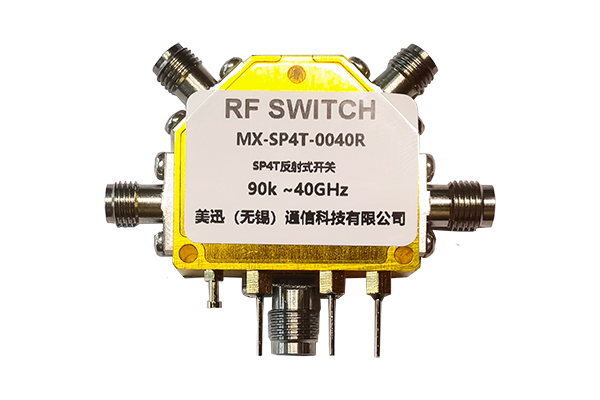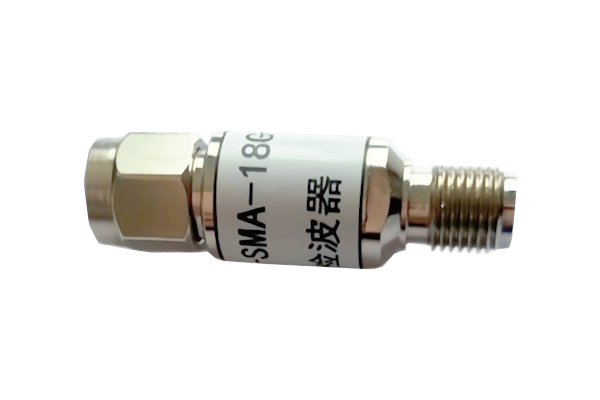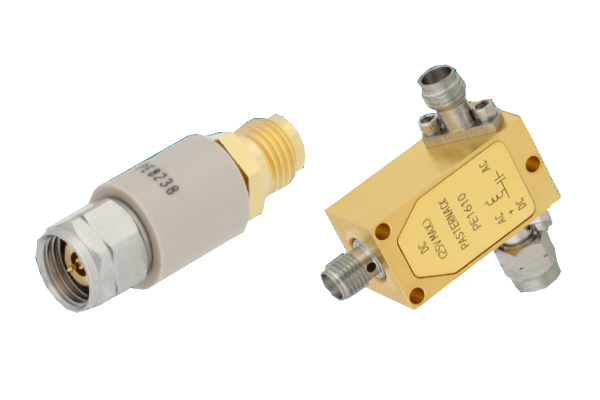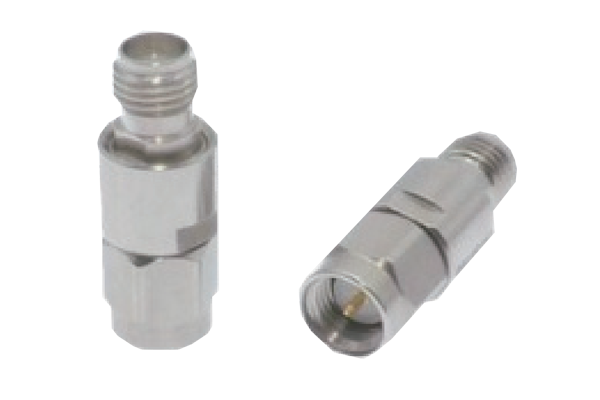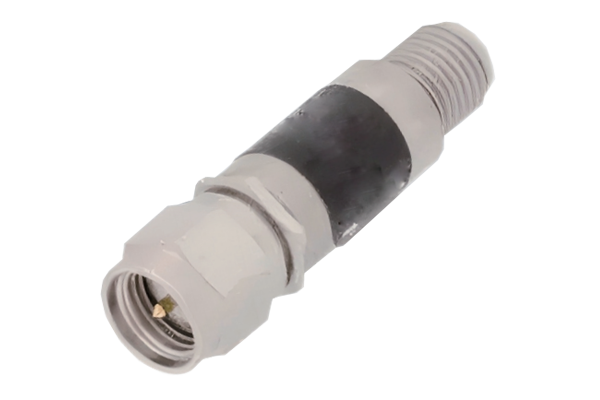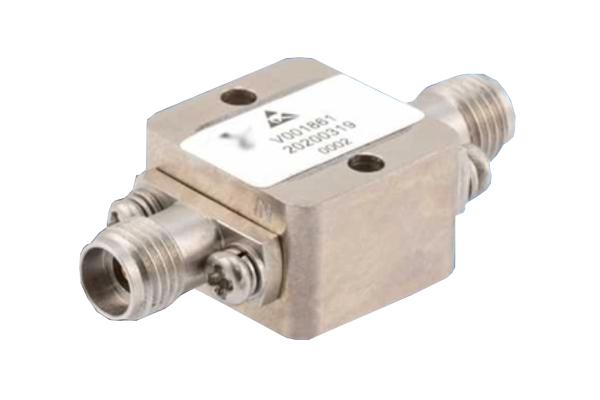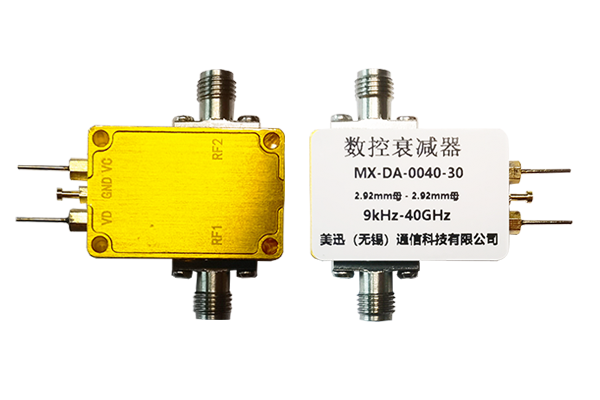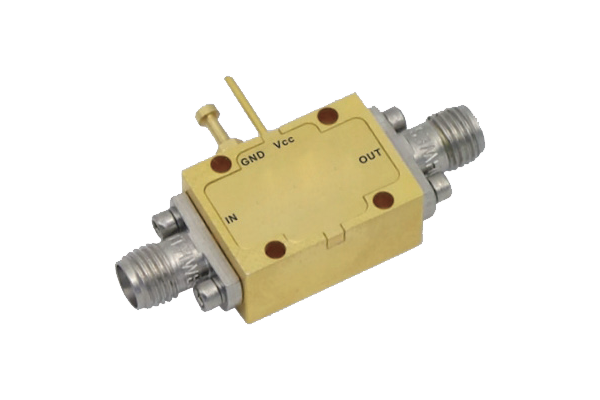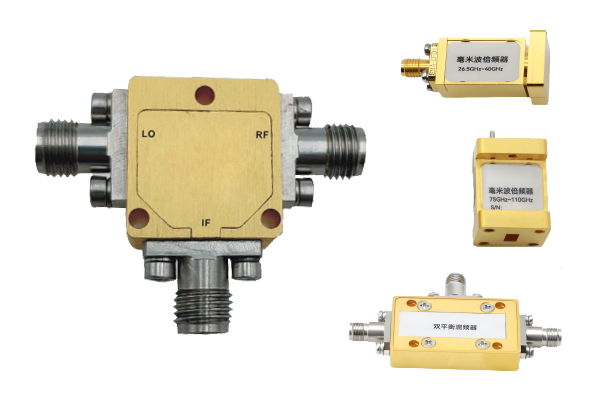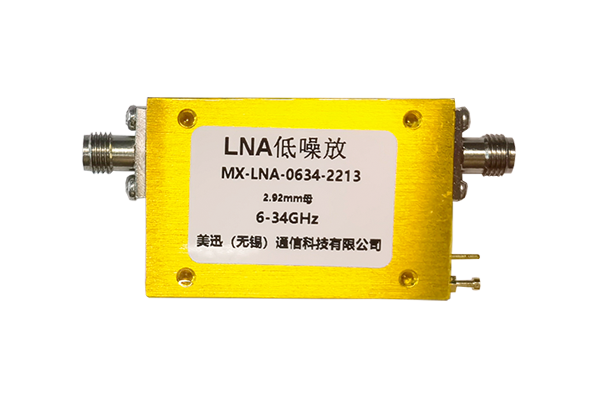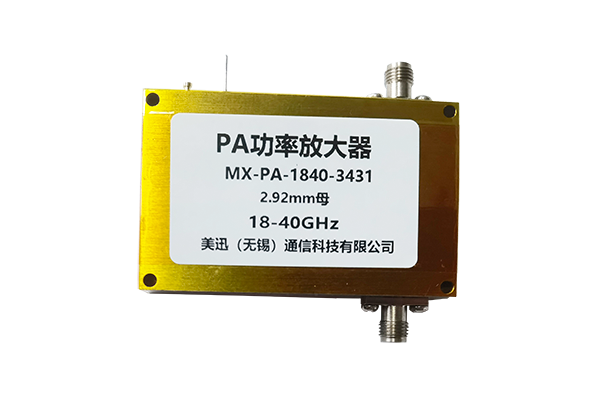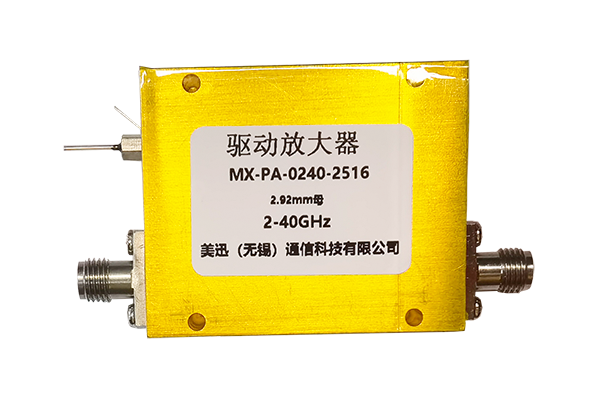How to Diagnose Faults in Waveguide Switches
Waveguide Switch Diagnostic Guide
Diagnosing faults in waveguide switches requires a systematic approach combining visual inspection, performance testing, and component checks. Start with observable symptoms: signal loss, intermittent connectivity, or excessive insertion loss often indicate underlying issues.
Physical Examination
- Inspect the switch housing for cracks, loose connectors, or corrosion
- Check waveguide flanges for misalignment—even minor gaps can cause reflection or leakage
- Ensure moving parts (in mechanical switches) move freely
Performance Testing
- Use network analyzers to measure key parameters
- Insertion loss exceeding specifications suggests internal blockages
- High return loss indicates impedance mismatches
- Test control signals for automated switches
Thermal Testing
Overheating during operation can degrade performance; infrared thermometers help identify hotspots, often caused by poor 散热 or short circuits in electronic components.
Internal Inspection
- Disassemble (if applicable) to inspect internal components
- Check for worn gears, broken springs, or contaminated dielectric materials
- For solid-state switches, test semiconductor elements using multimeters




